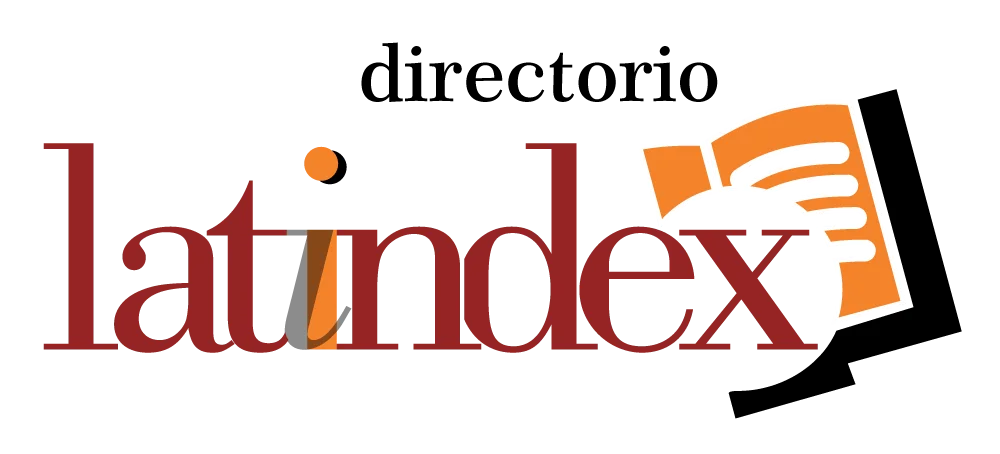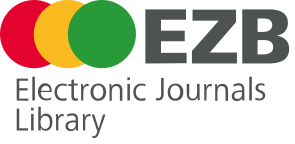Educational ecosystem and RTI for ADHD care in school settings
DOI:
https://doi.org/10.56294/neuro2024147Keywords:
ADHD, educational inclusion, scaffolding, executive functions, self-determinationAbstract
Introduction: The preliminary project examined the educational inclusion of students with Attention Deficit Hyperactivity Disorder (ADHD) in basic education, understood as a challenge that required equity and full participation. It recognized that ADHD affected performance, social integration, and emotional well-being, and that the pedagogical response should be based on evidence and context-sensitive approaches.
Development: A theoretical framework was reviewed that integrated Vygotsky's sociocultural perspective, highlighting the Zone of Proximal Development and scaffolding as supports for collaboration and cooperative learning. From the perspective of information processing, the role of working memory and executive functions was emphasized, prioritizing explicit instruction, visual organizers, attentional cues, and metacognitive strategies. Self-Determination Theory guided the creation of environments that satisfied autonomy, competence, and relatedness through meaningful choices, shared goals, and timely feedback. Likewise, a multimodal model and the Response to Intervention (RTI) approach were valued, with continuous monitoring and data-based decision-making, incorporating curricular adjustments, assistive technologies, CBT, and school-family-service coordination. Personalized teaching, task segmentation, scheduled breaks, and formative assessment were proposed.
Conclusions: The study concluded that the effective inclusion of students with ADHD required a coherent, multilevel pedagogical ecosystem. Strategies were most effective when they were coordinated with each other, responded to the variability of ADHD, and were continuously evaluated. It was recommended to strengthen institutional policies, teacher professional development, and implementation research that measured fidelity, cost-effectiveness, and long-term impact, incorporating the voices of students and families.
References
1. Red TDAH. Guía práctica con recomendaciones de actuación para los docentes [Internet]. Red TDAH; 2023 [citado 2025 Sep 30]. Disponible en: https://redtdah.org/wp-content/uploads/2019/05/guia-para-profesores-still.pdf
2. Faraone SV, Banaschewski T, Coghill D, Zheng Y, Biederman J, Buitelaar JK. Declaración de consenso internacional de la Federación Mundial de TDAH: 208 conclusiones basadas en la evidencia sobre el trastorno. Rev Neuroci Biocomport. 2021;128:789-818.
3. Mentes Abiertas Psicología. La teoría sociocultural de Lev Vygotsky [Internet]. 2023 [citado 2025 Sep 30]. Disponible en: https://www.mentesabiertaspsicologia.com/blog-psicologia/blog-psicologia/la-teoria-sociocultural-de-lev-vygotsky
4. Schoeman R, Voges T. El estigma del trastorno por déficit de atención con hiperactividad: la barrera silenciosa para la atención. S Afr J Psychiatry. 2022;28:1865. https://doi.org/10.4102/sajpsychiatry.v28i0.1865
5. Kadir KB. Enfoque de la Perspectiva de Adaptación en la Implementación del Currículo de las Asignaturas de Educación Física entre los Docentes de las Escuelas. Actas de la Conferencia Internacional sobre Educación Especial en la Región del Sudeste Asiático. 2024;1(1):173-94. https://doi.org/10.57142/picsar.v1i1.44
6. Miller C. TDAH y problemas de comportamiento [Internet]. Child Mind Institute; 2024 [citado 2025 Sep 30]. Disponible en: https://childmind.org/es/articulo/tdah-y-los-problemas-de-comportamiento/
7. Noriega Solari de Ortiz HJ. Programa de capacitación para docentes en atención a la diversidad enfocado en alumnos con TDAH en una institución educativa pública de Lima Metropolitana [Tesis de maestría en Internet]. Lima: Universidad de Lima; 2021 [citado 2025 Sep 30]. Disponible en: https://repositorio.ulima.edu.pe/bitstream/handle/20.500.12724/11300/Noriega_Solari_de_Ortiz_Heidi_Joany.pdf?isAllowed=y&sequence=1
8. Sin BSY, Cheng JLA. Psicoeducación e intervención familiar por padres de niños con trastorno por déficit de atención e hiperactividad: una revisión integral. Rev Cienc Cognitivas Desarr Hum. 2022;8(2):115-38. https://doi.org/10.33736/jcshd.4745.2022
9. Tamm L, et al. El TDAH en la etapa preescolar: una revisión narrativa. Rev Psicol Clín Niños Adolesc. 2019;6(1):63-70. Disponible en: https://www.revistapcna.com/sites/default/files/2238_0_0.pdf
10. Russell A. Desarrollo de una intervención digital escolar para el TDAH utilizando el mapeo de intervenciones. Eur Psychiatry. 2023;66(S1):S142. https://doi.org/10.1192/j.eurpsy.2023.355
11. De Almeida FS. Desarrollo profesional continuo para los maestros que abordan las necesidades de los estudiantes con TDAH. Rev Ibero-Am Humanid Cienc Educ. 2023;9(8):391-8. https://doi.org/10.51891/rease.v9i8.10764
12. Sibley MH, Coxe S, Molina BSG, Kipp H, Pelham WE, Waschbusch DA. Deterioro académico y social en adolescentes con TDAH: el papel de la familia, los compañeros y el funcionamiento escolar. Rev Psicol Infant Anorm. 2022;50:455-69.
13. UNESCO. Informe de seguimiento de la educación en el mundo: inclusión y educación – Todos significa todos. París: Organización de las Naciones Unidas para la Educación, la Ciencia y la Cultura; 2020.
14. Li R, Cao Y, Tang H, Kaiser G. Comportamiento de andamiaje y percepción visual de los profesores durante el aprendizaje cooperativo. Int J Sci Math Educ. 2023;22(2):333-52. https://doi.org/10.1007/s10763-023-10379-6
15. Pearson I. 8 estrategias para la personalización del aprendizaje universitario [Internet]. Pearson Higher Education; 2024 [citado 2025 Sep 30]. Disponible en: https://blog.pearsonlatam.com/educacion-del-futuro/8-estrategias-para-la-personalizacion-del-aprendizaje-universitario.
Downloads
Published
Issue
Section
License
Copyright (c) 2024 Jazmín Antonia Velez Aguirre , Yisell Vigoa Escobedo (Author)

This work is licensed under a Creative Commons Attribution 4.0 International License.
The article is distributed under the Creative Commons Attribution 4.0 License. Unless otherwise stated, associated published material is distributed under the same licence.






